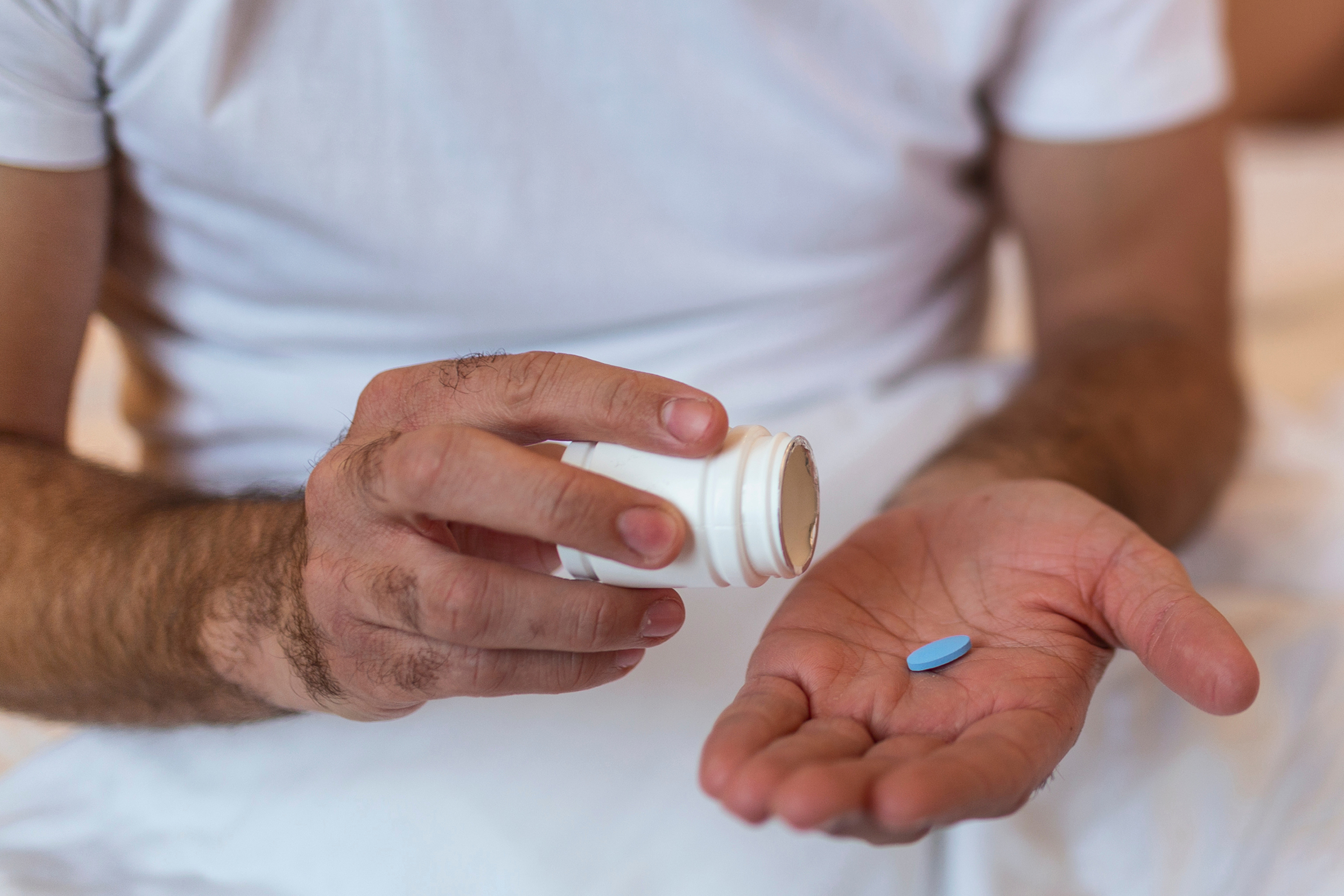Why HIV Prevention Matters More Than Ever
HIV remains a public health concern, but today, HIV is more preventable than ever. The stigma may still linger, but science has brought us medications like Pre-Exposure Prophylaxis (PrEP) and Post-Exposure Prophylaxis (PEP) that drastically reduce the risk of infection. When used correctly, these medications can offer near-total protection, transforming how we approach prevention.
Whether you’re sexually active, in a high-risk group, or simply want to stay informed, this guide is for you.
What Is PrEP? A Daily Pill That Can Save Lives
Pre-Exposure Prophylaxis (PrEP) is a prescription medication taken daily by individuals who are at increased risk of HIV. It’s often recommended for:
People with an HIV-positive partner
Individuals who have multiple sexual partners
Men who have sex with men (MSM)
Individuals who use injectable drugs
Anyone seeking added protection in high-risk environments
How Effective Is PrEP?
When taken daily, PrEP reduces the risk of acquiring HIV through sex by about 99%, and by at least 74% among people who inject drugs. However, adherence is critical—missing doses can reduce its effectiveness.
Tip: The medication used for PrEP, such as Yeztugo (or its generic forms), is well tolerated and monitored regularly by healthcare providers.
PEP: Emergency Protection After Potential Exposure
Post-Exposure Prophylaxis (PEP) is your go-to option after potential exposure to HIV. Unlike PrEP, PEP is not a long-term prevention method, but rather an emergency response.
When Should You Take PEP?
PEP must be started within 72 hours (3 days) of a possible exposure to HIV. The sooner you begin, the better. Common scenarios where PEP is appropriate:
Unprotected sex with someone whose HIV status is unknown or positive
Sexual assault
Shared needles or accidental needle sticks
What Does PEP Involve?
PEP involves taking antiretroviral medications for 28 consecutive days. Early action and full completion of the regimen significantly reduce the chance of HIV taking hold in your body.
Treatment as Prevention (TasP): For Those Living with HIV
One of the most groundbreaking advances in HIV prevention is Treatment as Prevention (TasP). For individuals living with HIV, maintaining an undetectable viral load through antiretroviral therapy (ART) means:
Undetectable = Untransmittable (U=U)
This means the virus cannot be passed on through sex when it’s undetectable in blood tests—this fact is backed by major global health organizations, including the CDC and WHO.
Side Effects and Staying on Track
What Are the Side Effects?
Both PrEP and PEP are generally well-tolerated, but some people may experience:
Mild nausea
Headaches
Diarrhea
Fatigue
These side effects usually subside within a few days to weeks. Your healthcare provider can offer tips or alternatives if symptoms persist.
How to Stay Adherent?
Use phone reminders or pillboxes
Schedule regular check-ins with your healthcare provider
Make medication part of your daily routine (e.g., brushing your teeth)
Adherence = Protection. Taking your medications as prescribed ensures they work as intended.
Holistic HIV Prevention: Combine for Maximum Protection
Medications are powerful tools, but they’re most effective when combined with other preventive practices:
Use condoms consistently and correctly
Get tested regularly for HIV and STIs
Have honest conversations with partners about HIV status
Reduce high-risk behaviors (e.g., unprotected sex, needle sharing)
By layering strategies, you create a multi-level defense system that dramatically reduces risk.
Clearing Up Common Myths
Can you get HIV from kissing?
No. HIV is not spread through saliva, so casual or even deep kissing is not a transmission risk.Do you need PrEP if your partner is undetectable?
Possibly not. If your partner is on ART and has an undetectable viral load, the risk is extremely low—but discuss options with your doctor.
Final Thoughts: Stay Informed, Stay Protected
HIV prevention has come a long way. From daily PrEP pills to emergency PEP regimens and TasP for those living with HIV, we now have multiple layers of protection—each backed by science and experience.
The key? Knowledge, action, and consistency. Talk to your healthcare provider about which prevention method is right for you. Explore options like Yeztugo and stay on top of your health with regular check-ins.
HIV prevention isn’t just about avoiding a virus—it’s about choosing a future where your health, relationships, and confidence are fully in your control.

